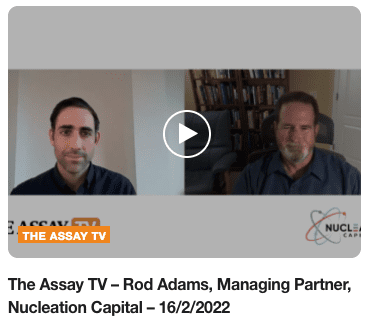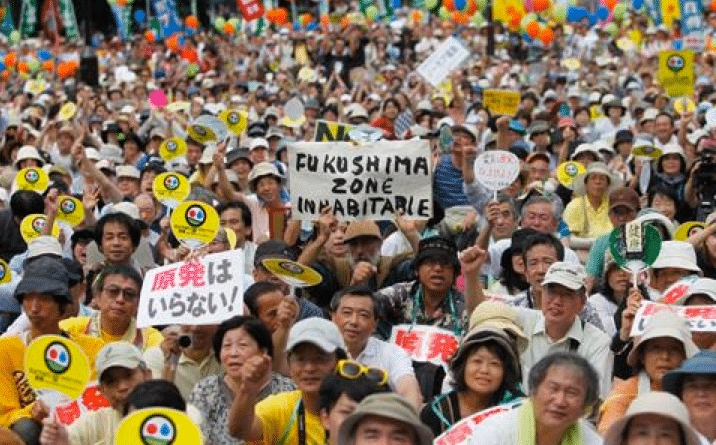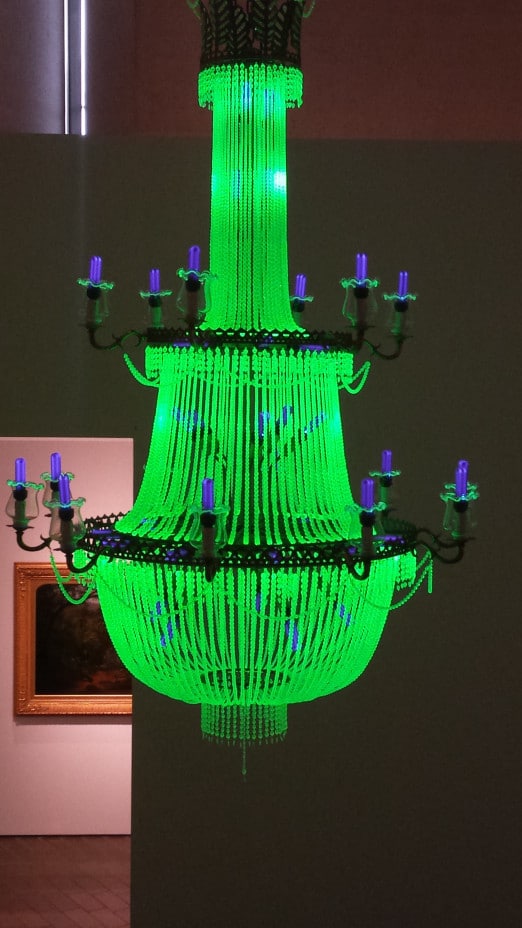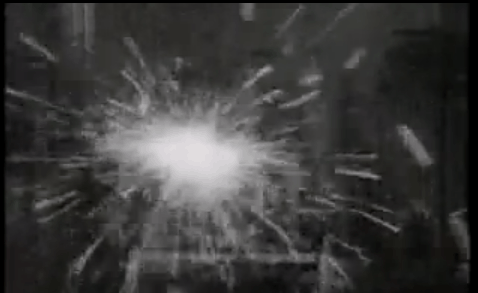Nuclear energy growth prospects and secure uranium supplies
The 121 Mining Investment event held in Las Vegas on March 30 and 31 included a panel discussion with leaders from three uranium mining companies, each of which has an asset base of potentially lucrative mining prospects mostly located in North America. The fourth member of the panel was a managing partner at Nucleation Capital,…




